Xuzhou, home to stunning golden 'ginkgo tunnel' and more
Writer: Chen Xiaochun | Editor: Stephanie Yang | From: Shenzhen Daily | Updated: 2020-11-23
A+ A- Print
November is the best time of the year to appreciate an autumn view. If you are looking for a golden palace full of ginkgo foliage, Tengchong Ginkgo Village in Yunnan and the Guanyin Zen Temple in Xi’an are not the only options.
There is a little-known place with a large scale of ginkgo trees where you can see the striking golden view. The place is home to a ginkgo forest park covering an area of more than 300,000 mu (200 square kilometers), which includes 12 1,000-year-old ginkgo trees, 69 over-500-year-old ginkgo trees and 4,160 ginkgo trees over 100 years old.
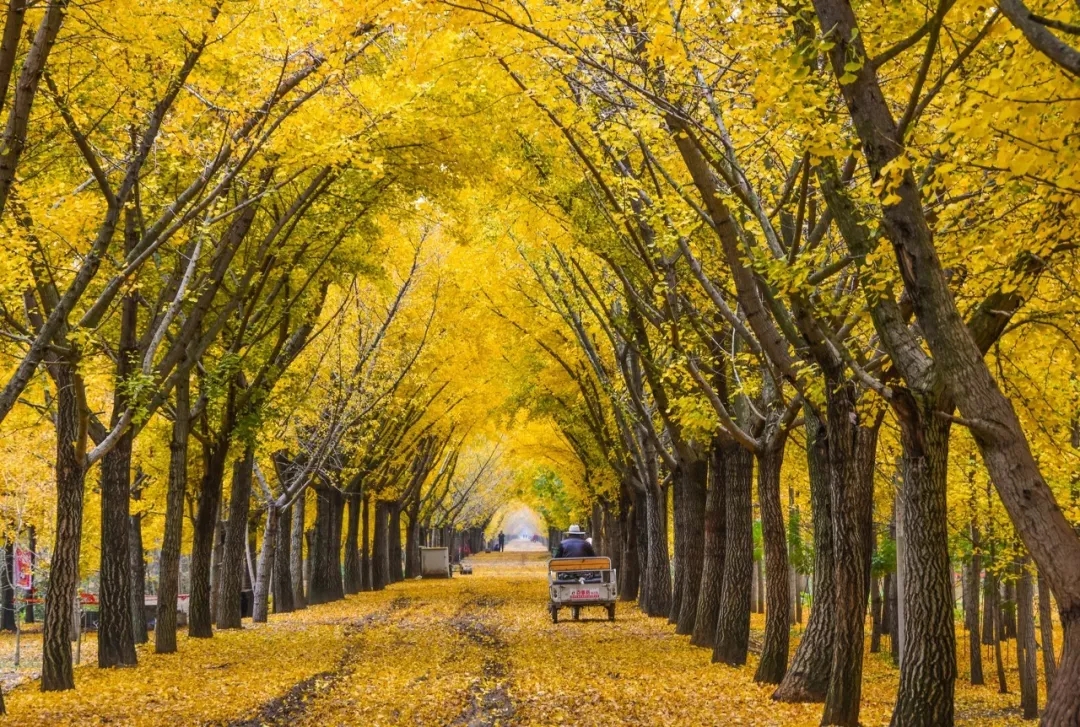
This golden ginkgo tunnel is hidden in Pizhou City under the administration of Xuzhou City in Jiangsu Province. There is a saying: “If you want to appreciate ginkgo in Jiangsu Province, you have to go to Xuzhou City; if you want to appreciate ginkgo in Xuzhou City, you can’t miss Pizhou.”
Every year when late autumn approaches, a 3,000-meter-long village road in Pizhou turns into a “golden tunnel.” Walking into this tunnel, you will see a golden sky weaved with ginkgo tree branches when you raise your head, and a golden carpet piled up by layers and layers of fallen leaves when you look down. Shutterbugs will thrill with excitement upon seeing this scene.
Apart from the ginkgo tunnel, there are also the Ginkgo Exposition Park in Gangshang Town, the Shiba Ginkgo Forest Park in Guanhu Town, the Ancient Ginkgo at Baima Temple of Sihu Town, and Ginkgo Trees in Wangzhuang Village of Sihu Town.
In addition to providing feasts for your eyes with gorgeous foliage views, Xuzhou has a lot more to offer. Though it isn’t Nanjing or Suzhou, it is the oldest city in Jiangsu Province. When talking about Xuzhou, most people think it’s an industrial city without culture. However, it enjoys 6,000 years of history as a civilization and a city history of over 2,600 years.
Xuzhou is home to the world’s largest rock painting named Han Feng Xin Yun, the world’s largest land battle museum, Asia’s largest freshwater aquarium, China’s largest urban biological wetland park, and China’s first underwater terracotta warrior exhibition hall.
It is also a city endowed with natural resources.
Dadong Mountain
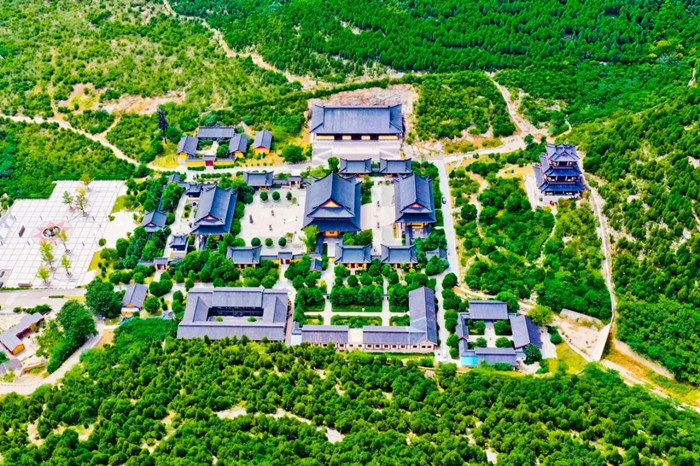
Located in Jiawang District, 40 kilometers to the northeast of the central area of Xuzhou, Dadong Mountain, also known as Zhuyu Mountain, is a national 4A tourist site and its main peak reaches 361 meters above sea level. On the mountain stands the 1,500-year-old Zhuyu Temple.
Surrounding the main peak of Dadong Mountain, almost 100 hills of different sizes are distributed continuously and are referred to as the 99 lotus hills. Among these hills, 12 of them have an elevation of over 200 meters.
Yunlong Mountain

Located in southern Xuzhou, Yunlong Mountain, with an elevation of 142 meters, is the second-tallest mountain in Xuzhou. The dense forest covers 97.9 percent of the mountain, and attracts tourists who enjoy the view of clouds surrounding the peaks all year round. With its nine dragon-like peaks, running from the southeast to northwest, it’s like a giant dragon overlooking the area, hence its name “Yunlong” which literally means “cloud dragon.”
Over 900 years ago, Su Shi, a renowned Chinese poet and politician, came to Xuzhou to assume a post and had written over 100 poems about Yunlong Mountain. As a famous Buddhist mountain, it’s home to the 1,500-year-old Xinghua Temple and the over-300-year-old Giant Scholar Rock.
Yunlong Lake

Yunlong Lake is reputed as the “Sister Lake of West Lake in Hangzhou” due to its attractive scenery. The lake is surrounded by mountains on three sides and faces the city on its fourth side. On its east side is the famous Yunlong Mountain. Standing on top of the mountain you can view the whole lake.
The lake is bisected by a road that looks like a jade belt, resulting in the East Lake and the West Lake. Take a stroll around the lake, appreciate the colorful leaves in autumn and on the southeast bank of the lake check out the Sugong Tower that was built to commemorate Su Shi.
Lyuliang Mountain
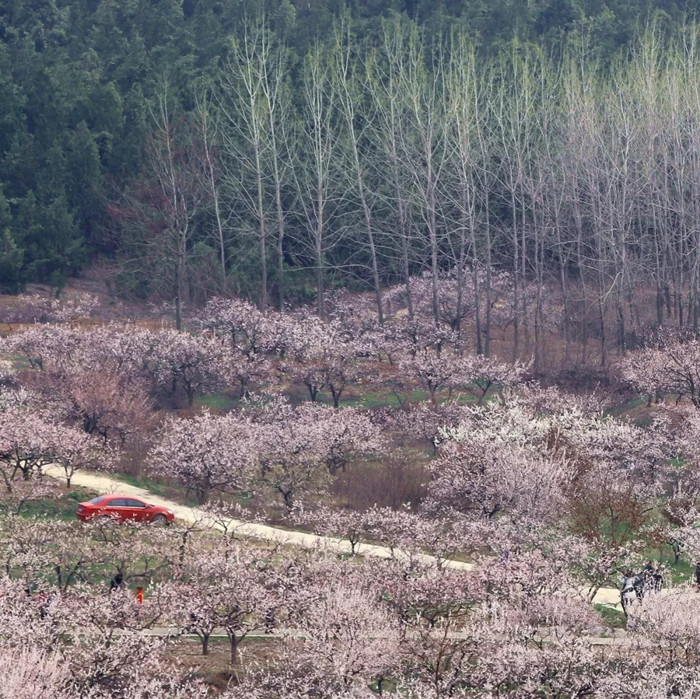
Located in the southeast of Tongshan District of Xuzhou, Lyuliang Mountain is the backyard garden of the city. The scenic area, covering 186.22 square kilometers, is about 40 kilometers from east to west and 10 kilometers from north to south.
The scenic area is home to a total of 173 hills and many lakes and reservoirs including Lyuliang Lake, Xuanshui Lake, Xiahong Reservoir, Shuikou Reservoir, Baita Reservoir and Yangwa Reservoir. Endowed with rich forest resources and vegetation of various species, the forest coverage rate reaches 89.5 percent.
Han Cultural Scenic Spot
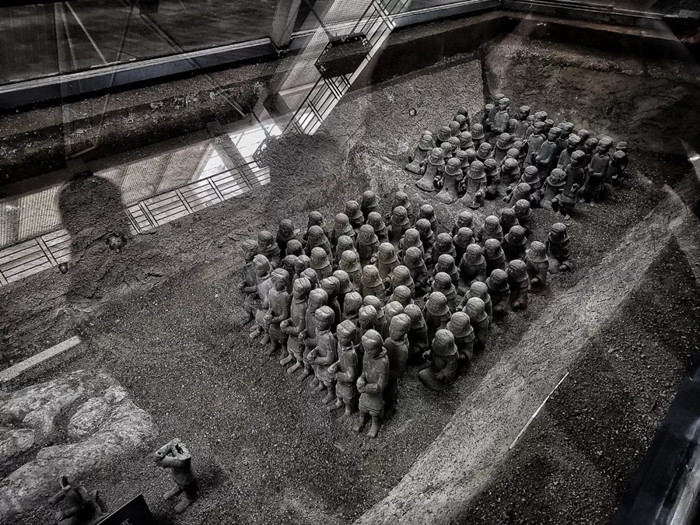
To appreciate the essence of the cultures of two Han dynasties, Western Han (206 B.C.-A.D. 25) and Eastern Han (25-220), you must visit the Han Culture Scenic Spot in Xuzhou, which covers an area of 1,400 mu (933 square meters). The site is located in the eastern part of Xuzhou. It is well known as the nation’s biggest theme park of Han culture. It includes three main museums, one being a mausoleum, one exhibiting a collection of terracotta figurines and a stone relief museum.
The core area consists of essential scenic spots of the two Han dynasties, including the Tomb of the King of Chu State on Lion Mountain, the Han Terracotta Warriors Museum, the Han Culture Exchange center, Liu’s Ancestral Hall, Zhulin Temple, the Yanggui Mountain Exhibition Hall (the Queen’s Tomb) and the Underwater Terracotta Warriors Museum.
Guishan Han Tomb
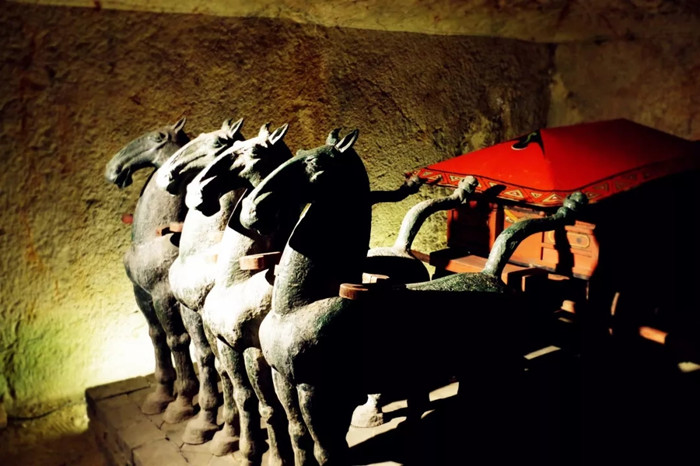
The town is called the “Pyramid in the East,” and is also full of mystery. The Guishan Han Tomb, as an embodiment of the culture of the Han Dynasty (206 B.C.-A.D. 220), is situated on the west side of Guishan Mountain. It is the tomb for Liu Zhu, the sixth king of Chu State who reigned between 128-116 B.C., and his wife during the Western Han Dynasty.
Covering an area of over 700 square meters, the tomb consists of two parallel but communicating parts: the south part is the tomb of the king and the north part is that of his wife. The main body of the tomb consists of 15 halls including bedrooms, parlors, kitchens and even a washing room and stables. The whole tomb is like an underground palace.
Pengzu Garden
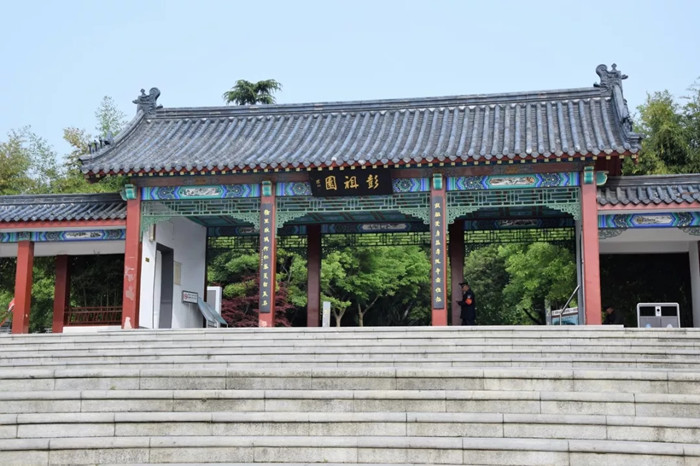
Pengzu Garden is the birth place of Pengzu culture. Pengzu is a legendary long-lived figure in China. He was regarded as a saint in Taoism. The pursuit of the elixir of life by practitioners of Taoism was highly influenced by Pengzu.
Standing in a southern suburb of Xuzhou, the garden covers an area of almost 40 hectares (400,000 square meters), which includes a floor area of 17,527 square meters and a water area of 17,000 square meters. Within the garden, there is a Pengzu statue, the Pengzu Ancestral Temple, Dapeng Pavilion, the Dapengshi Kingdom Bluestone Memorial Gate, the Happiness & Longevity Square, the Pengzu Sacrifice Square, and the Shoupeng Stone Garden.
One spot that cannot be missed in the garden is its cherry forest. When spring comes, the cherry blossoms together with the ancient pavilions in the garden form a painting with an antique flavor.
Hubu Mountain
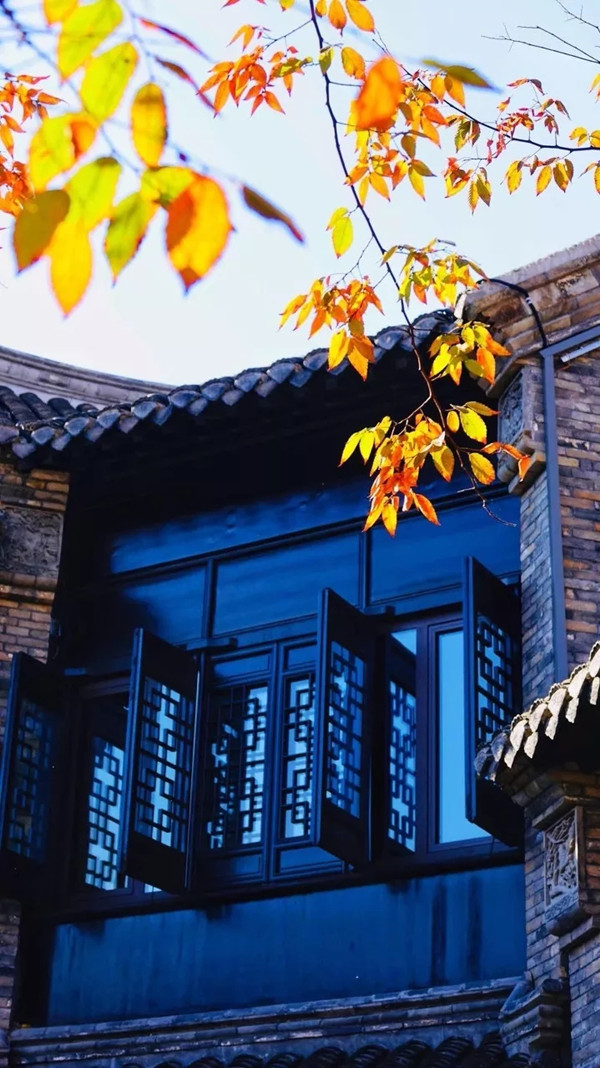
The ancient residential buildings of Hubu Moutain is formed by five ancient courtyards built in the Ming (1368-1644) and Qing (1644-1911) dynasties. Covering more than 25,000 square meters, the area is home to more than 300 houses.
The buildings were built along the mountain with the traditional quadrangle courtyard as the main architectural form. Most walls used bluestones and black bricks. There are many carved beams and painted rafters in the buildings.
Yaowan Ancient Town
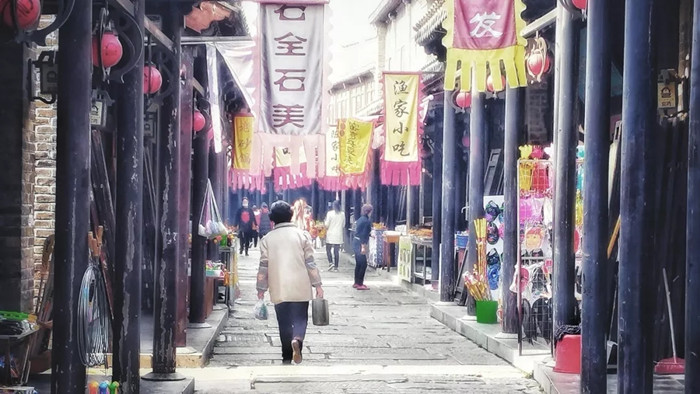
Yaowan ancient town is a watery ancient town where the Beijing-Hangzhou Grand Canal meets Luoma Lake. With a history of over 1,300 years, the town is surrounded on three sides by water.
When you come here, you can walk on the 1,000-year-old flagstone road, taste the tea at a tea house on the old street and check out the traditional morning market.